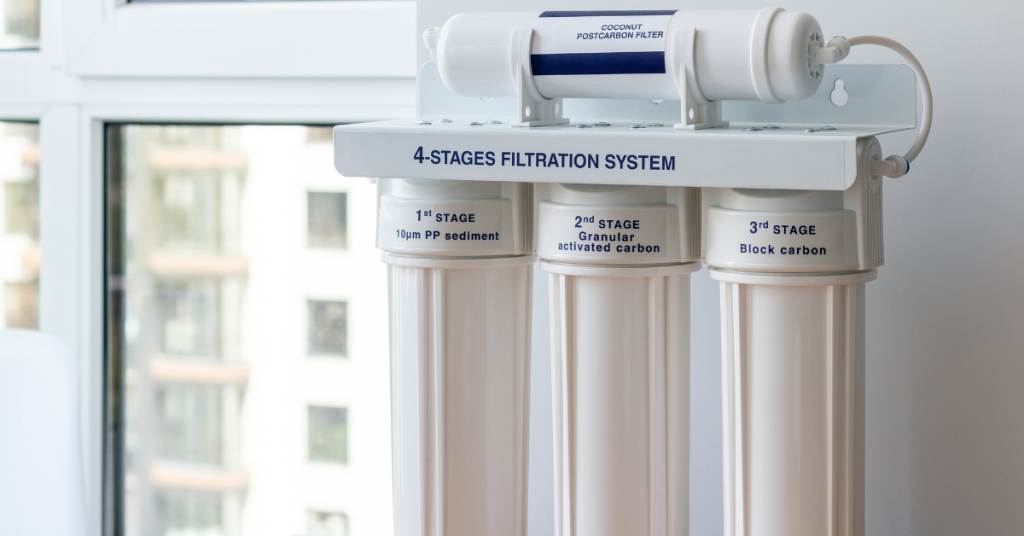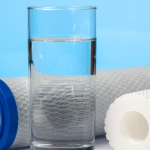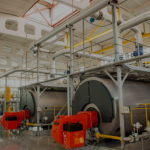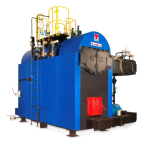Clean and safe water is essential for sustaining life and promoting public health. In the quest for ensuring access to potable water, various water treatment methods have been developed and implemented. This article aims to provide a comprehensive overview of three primary water treatment methods: filtration, disinfection, and chemical treatment. We will explore their applications and how they contribute to removing impurities and contaminants from water.
1. Filtration

Filtration is one of the oldest and most fundamental water treatment processes. It involves passing water through porous materials or a medium that traps suspended particles and solids. The filtration process can occur through several techniques, such as:
– Sand Filtration: In sand filtration, water passes through a bed of sand, which traps larger particles, sediments, and debris. This method effectively removes visible impurities and enhances water clarity.
– Activated Carbon Filtration: Activated carbon is highly effective at removing organic compounds, unpleasant odors, and taste from water. It works by adsorbing these contaminants onto its surface.
– Membrane Filtration: Membrane filtration uses semi-permeable membranes with tiny pores to separate particles and microorganisms from water. This method is commonly used in reverse osmosis and ultrafiltration systems.
Filtration is widely applied in both municipal and industrial settings. It is an integral part of water treatment plants, where it helps remove larger pollutants and prepares water for further purification processes.
2. Disinfection
Disinfection is a critical water treatment method aimed at destroying or deactivating harmful microorganisms that pose health risks. While filtration primarily targets physical impurities, disinfection addresses biological contaminants like bacteria, viruses, and protozoa. Common disinfection methods include:
– Chlorination: Chlorine is commonly used to disinfect water due to its cost-effectiveness and efficacy against a broad range of microorganisms. It is added to water in controlled amounts to kill harmful pathogens.
– UV Disinfection: Ultraviolet (UV) light is another effective method for disinfection. UV rays penetrate the cell walls of microorganisms, rendering them unable to reproduce and causing their destruction.
– Ozone Disinfection: Ozone is a powerful oxidant that is used to disinfect water. It breaks down organic compounds and kills microorganisms through oxidation.
Disinfection is a critical step in ensuring that water is safe for consumption and meets regulatory standards. It helps prevent waterborne diseases and safeguards public health.
3. Chemical Treatment
Chemical treatment involves the addition of specific chemicals to water to facilitate the removal of impurities and contaminants. It is often used in combination with other water treatment methods to achieve optimal results. Some common chemical treatment processes include:
– Coagulation and Flocculation: Coagulants, such as aluminum sulfate or ferric chloride, are added to water to destabilize and clump together fine particles. This process, followed by flocculation, aids in the removal of suspended solids.
– pH Adjustment: Sometimes, water may be too acidic or alkaline, affecting its suitability for various applications. Chemicals like lime or sulfuric acid are used to adjust and balance the pH level.
– Softening: Water hardness caused by excessive calcium and magnesium ions can be reduced through chemical softening using ion exchange resins.
Chemical treatment is highly customizable, allowing for targeted removal of specific contaminants. It plays a crucial role in enhancing the efficiency of water treatment processes.
Applications and Contributions
Each of these water treatment methods has its unique applications and contributions to water purification:
– Municipal Water Treatment: In the environment sector, municipal water treatment facilities employ a combination of filtration, disinfection, and chemical treatment to ensure that the water supplied to communities is safe and meets quality standards.
– Industrial Processes: Industries rely on water treatment to meet specific water quality requirements for their processes. Filtration and chemical treatment are particularly crucial in industries such as manufacturing, food and beverage, and pharmaceuticals.
– Solar Water Heater Systems: For solar water heaters, water quality is essential to maintain efficiency and prevent corrosion or scaling. Proper filtration and chemical treatment can prolong the life of solar water heater systems.
– Spenomatic Kenya: Spenomatic is a prominent player in Kenya’s water treatment industry, providing innovative and sustainable solutions. Their expertise includes offering a wide range of water treatment services to meet diverse needs.
In conclusion, understanding different water treatment methods is essential in the journey towards providing clean and safe water for all. Filtration, disinfection, and chemical treatment work synergistically to remove impurities and contaminants, ensuring that water meets the required standards for various applications. From municipal water treatment to industrial processes and solar water heaters, these methods play a crucial role in safeguarding public health and promoting sustainable development.





